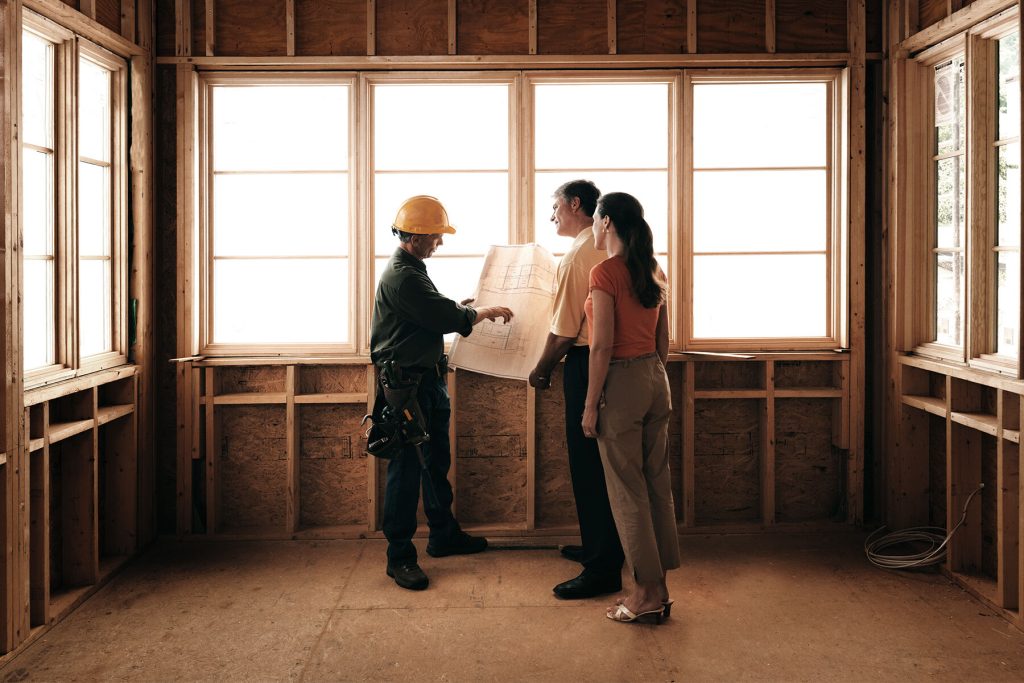Home construction involves a meticulous orchestration of various essential elements, akin to assembling a complex puzzle with precision and care. At its core, the foundation serves as the bedrock upon which the entire structure rests, supporting the weight of walls, floors, and everything in between. Engineers and architects collaborate to design a foundation that not only withstands the forces of nature but also accommodates the unique characteristics of the soil on which it sits. The materials used in construction form another critical building block, with choices ranging from traditional bricks and mortar to modern innovations like steel and reinforced concrete. Each material contributes to the home’s overall stability, aesthetic appeal, and energy efficiency. Walls, both exterior and interior, define the spatial layout and provide structural integrity. Exterior walls shield the home from the elements, acting as a barrier against wind, rain, and temperature extremes.

Interior walls, on the other hand, partition the space into rooms and contribute to the home’s overall functionality. The framework, often constructed with timber or steel studs, gives shape to these walls, forming a skeleton that supports the weight of the roof and upper floors. Insulation, a less conspicuous but equally crucial element, ensures the home remains comfortable by regulating temperature and sound. The roof crowns the entire structure, offering protection from the elements while contributing to the home’s architectural style. Roof trusses or rafters form the framework, with various materials like shingles, tiles, or metal sheets serving as the outer layer. The design of the roof not only impacts the home’s aesthetic appeal but also plays a vital role in directing rainwater away from the structure through gutters and downspouts. Windows and doors punctuate the walls, providing entry points, natural light, and ventilation.
The selection of windows influences the amount of sunlight that penetrates the interior, affecting both lighting and heating considerations. Doors, ranging from sturdy entry doors to interior ones, contribute to security, privacy, and the overall aesthetic of the home call us. The quality of locks and hardware ensures safety and ease of use. Mechanical systems, such as plumbing, electrical, and HVAC heating, ventilation, and air conditioning, form the circulatory and nervous systems of the home. Pipes, wires, and ducts run through walls and floors, delivering water, electricity, and conditioned air to different parts of the house. A well-designed and efficiently installed mechanical system ensures a comfortable and functional living environment. Finishing touches, encompassing paint, flooring, and fixtures, add the final layer of personality and style to a home. The color palette and textures chosen for walls, ceilings, and floors create a cohesive visual identity, while fixtures like faucets and light fixtures contribute to the overall aesthetic and functionality. Attention to detail during the finishing stages transforms a structure into a warm and inviting home.

